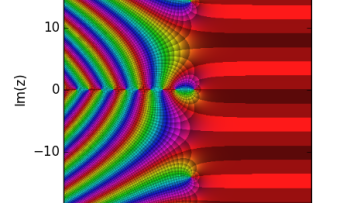Moment bounds on the solutions to some stochastic equations.
Abstract
In this talk, we will show how sharp bounds on the moments of the solutions to some stochastic heat equations can lead to various qualitative properties of the solutions. A major part of the method consists of approximating the solution by “independent quantities”. These quantities together with the moments bounds give us sharp almost sure properties of the solution.


